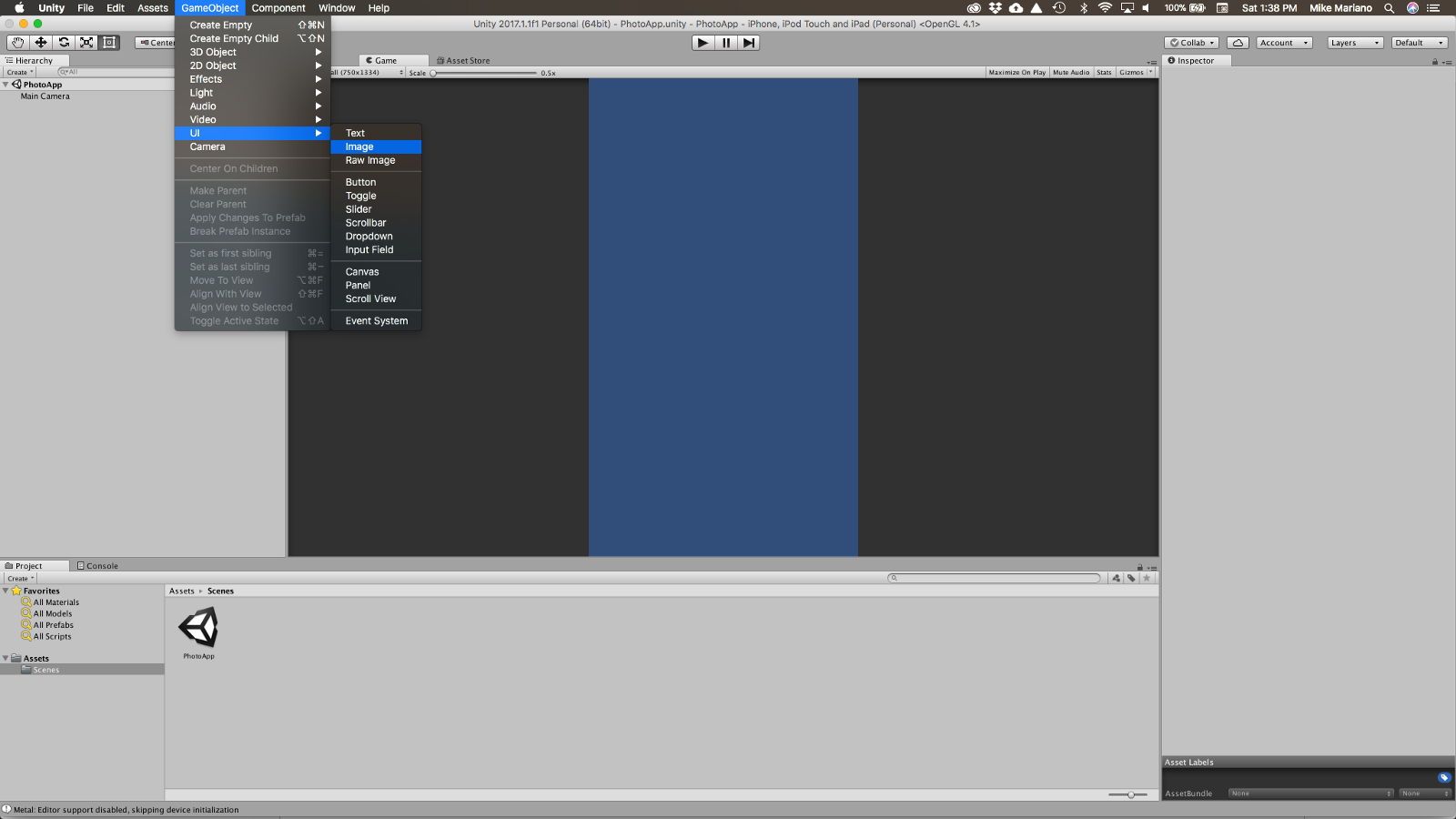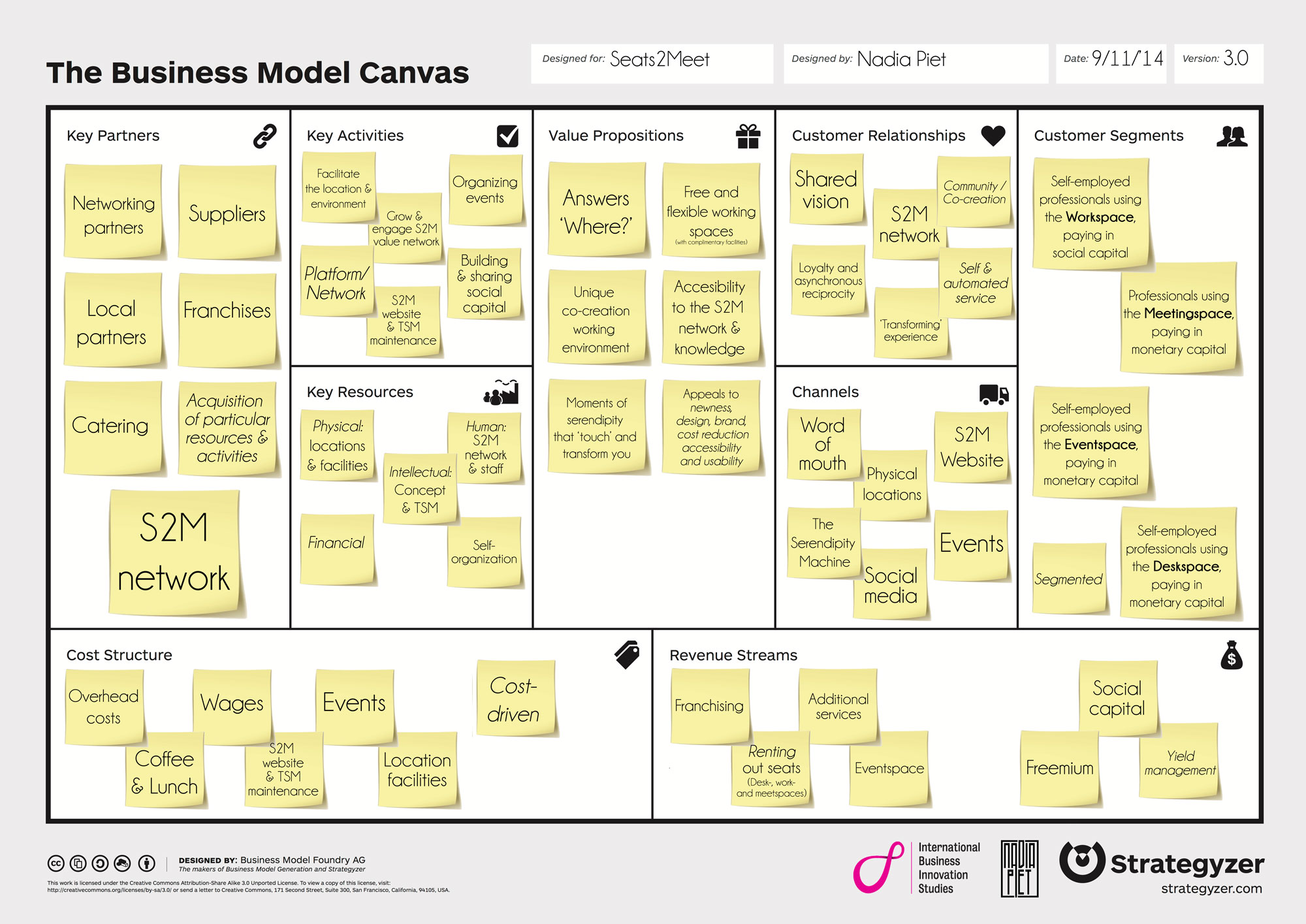

(C2) To calculate the dimensions of the text, we can use measureText().Well pass in our quite long articleName, and start it near the bottom of our image at 85, 753. (C1) Getting the dimensions of the image is not a problem at all. With Generative Fill, you can: Generate objects: Select an area in your image, then describe what you’d like to add/replace through a text prompt. // Write our Emoji onto the canvas ctx.fillStyle white ctx.font 95px AppleEmoji ctx.fillText(emoji, 85, 700) Now we get to use our wrapping function, wrapText.Y = Math.floor((img.naturalHeight - th) / 2) Ĭentering the text is sadly Mathematical. Let x = Math.floor((img.naturalWidth - tw) / 2), Th = td.actualBoundingBoxAscent + td.actualBoundingBoxDescent
#Canvas write text on image download
You may want to add the download link on the page and let the user manually click on it.Ĭanvas = document.getElementById("demo"), Bad news though, this may not always work depending on the user’s security settings.

But take note, we can stroke (outline) the text, even set it to be transparent. (B1 & B2) “Draw the image onto canvas” remains the same.This will become an “invisible canvas”, good for you guys who don’t want to show the image on the page itself. (A) Take note, we are creating canvas = document.createElement("canvas") and not appending it to the document.Let anchor = document.createElement("a") Īnchor.href = canvas.toDataURL("image/webp") After generating, the user has the option to select between several options of generations or to create more options to browse through.Canvas = document.createElement("canvas"),Ĭtx.drawImage(img, 0, 0, img.naturalWidth, img.naturalHeight) Ĭtx.fillStyle = "rgba(255, 255, 255, 0.5)" Photoshop sends this data to Adobe's servers for processing, then returns results in the app. Finally I call context.fillText() to draw the text on the canvas: const text 'Hello, World' context.font 'bold 70pt Menlo' context.textAlign 'center' context.fillStyle 'fff' context. I align it in the center, then I set the color white. After selecting it, a "Contextual Task Bar" pops up that allows users to type in a description of what they want to see generated in the selected area. I first pick the Menlo font, big and bold. To use Generative Fill, users select an area of an existing image they want to modify. Generative Fill uses a well-known AI technique called " inpainting" to create a context-aware generation that can seamlessly blend synthesized imagery into an existing image. The banner is a PNG image, and to keep the post focused on the subject (how to create and save an image with Node.js and Canvas) I’ll skip some parts. Now part of Photoshop, people can type in what they want to see (i.e., "a clown on a computer monitor"), and Firefly will synthesize several options for the user to choose from. As a deep learning AI model, Firefly has been trained on millions of images in Adobe's stock library to associate certain imagery with text descriptions of them.


Further Reading Ethical AI art generation? Adobe Firefly may be the answer.Īt the core of Generative Fill is Adobe Firefly, which is Adobe's custom image-synthesis model.


 0 kommentar(er)
0 kommentar(er)
